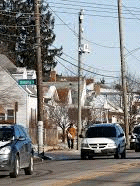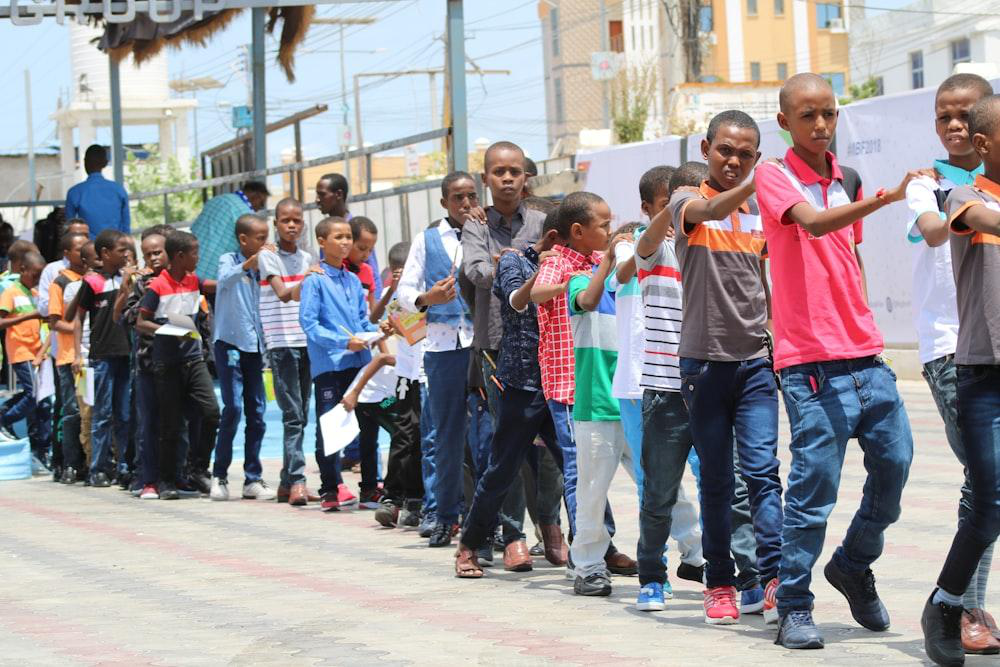
A new $25 million initiative is aimed at creating better afford-able housing and paying for more medical ser-vices and loans in Lin-den. A new $25 million plan is designed to ac-quire and preserve af-fordable housing in Lin-den while paying for business microloans and health services in a neighborhood that con-tinues to struggle in a growing city.
It sounds like a lot of money. But in terms of the neighborhood’s needs, it really isn’t, said Lawrence Calloway, who leads the South Linden Area Commis-sion. “It’s what you do with it,” Calloway said. “We have to start somewhere.”
The 614 for Linden plan was rolled out by local officials Monday at St. Stephen’s Community House in Linden. The money is to be used to address four of 10 ideas that came out of the city’s One Linden community plan released last year.
Money from this new effort will be used to ac-quire and rehabilitate about 500 affordable housing units, and possibly build new homes. It also will be used to help house 200 individuals and families who are either homeless or at risk of becoming home-less.
The funds also will be used to pay for consulting services and microloans to small businesses and entre-preneurs, and for health services, including prenatal and maternal services, as well as access to healthy food.
The local collaborative leading the effort won a $5 million grant from JP Mor-gan Chase’s Partnerships for Raising Opportunity in Neighborhoods initiative, a five-year, $125 million national effort to provide money to help resurrect neighborhoods. Columbus was one of seven winners of a grant. JPMorgan Chase received 75 applica-tions covering 49 cities.
“By many measures, Columbus is thriving,” said Corrine Burger, a managing director at JPMorgan Chase. “But opportunities are not reaching all parts of the city.”
The remaining $20 mil-lion will be used in a loan pool that the Ohio Capital Finance Corporation, an affiliate of the Ohio Capi-tal Corporation for Hous-ing, will develop with three others: the Afford-able Housing Trust of Columbus and Franklin County, the Finance Fund and the Economic Commu-nity Development Institute.
The affordable housing trust will provide $11 mil-lion of that amount over five years, said Steve Glad-man, the trust’s president. Gladman hopes that will leverage more investment in the neighborhood.
Six nonprofits involved in The 614 for Linden are St. Stephen’s Community House, Community Devel-opment for All People, Healthy Neighborhoods Healthy Families, the Af-fordable Housing Alliance of Central Ohio, the Com-munity Shelter Board and Nationwide Children’s Hospital.
“The city alone could not do all of the work that is necessary to meet those goals,” Columbus Mayor Andrew J. Ginther said. Angela Mingo, Nationwide Children’s community rela-tions director, said the dol-lars are being used essen-tially as seed money to leverage more money for Linden.
Nick Jones is the director of the Healthy Neighbor-hoods Healthy Families hospital initiative that was created in 2008 to provide better affordable housing on the South Side. He said the Linden effort will build on the initiative’s work.
John Edgar, executive director of Community Development for All Peo-ple, said money could be used not only for home repairs also for new homes. His nonprofit group has worked with the hospital, the city and others to rede-velop and build housing on the South Side.
According to the One Linden plan, home owner-ship in Linden declined from 63% in 1980 to 37% in 2015. Meanwhile, the percentage of families liv-ing in poverty, according to federal standards, increased from 31% in 1990 to 43% in 2015.
Calloway said Linden leaders and residents must be at the table to carry out this effort. Alison Goebel, executive director of the Greater Ohio Policy Cen-ter, said her group will be monitoring The 614 for Linden effort to make sure it achieves what it is setting out to do. “It’s one thing to check boxes. It’s another to transform a neighborhood,” Goebel said.

































